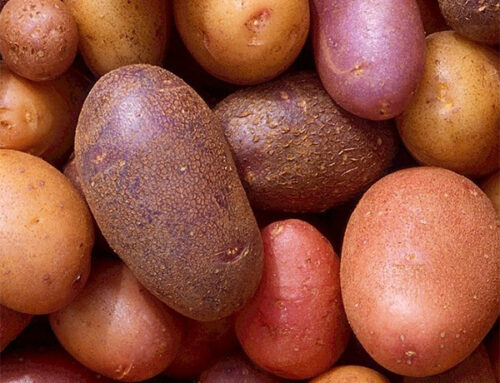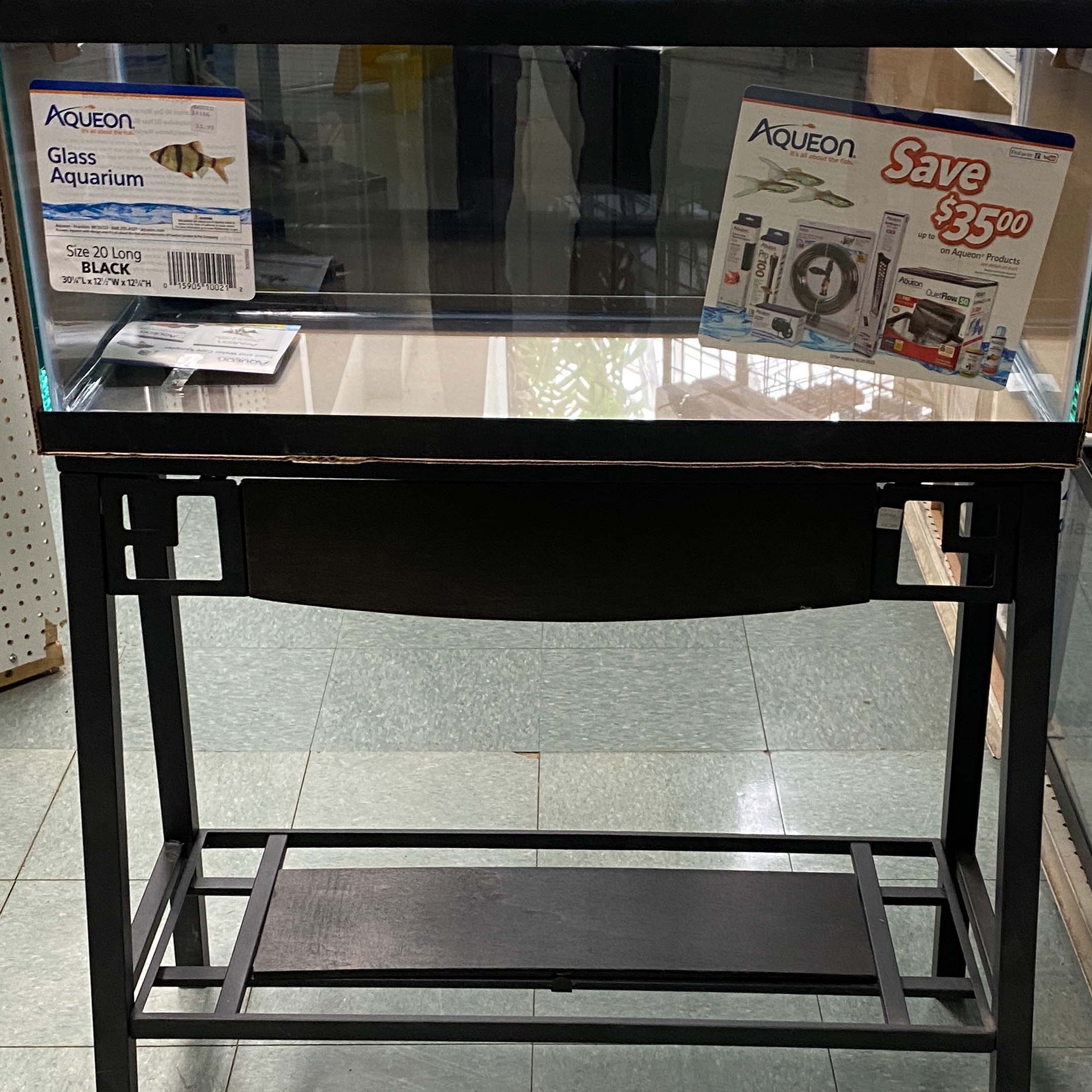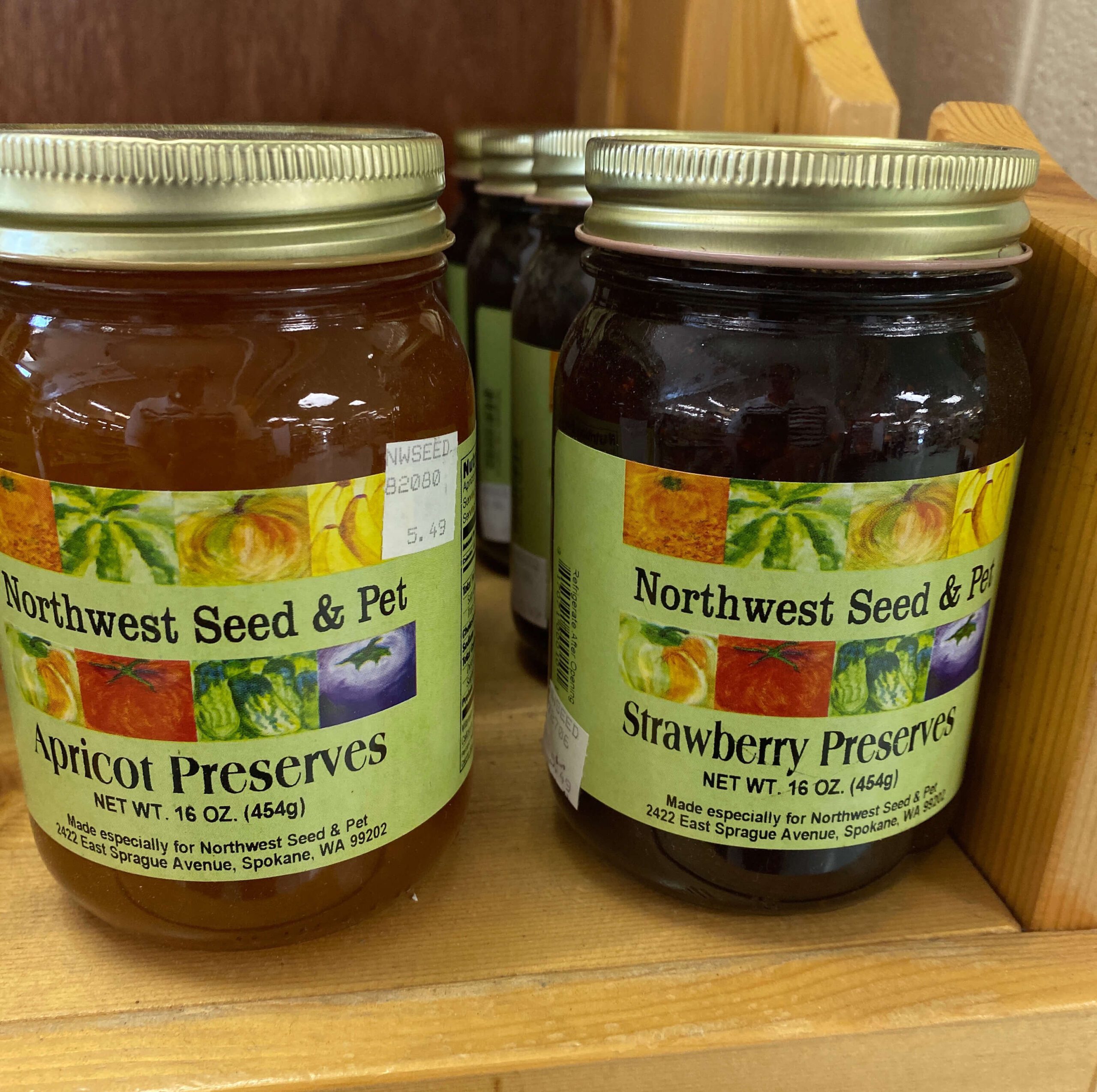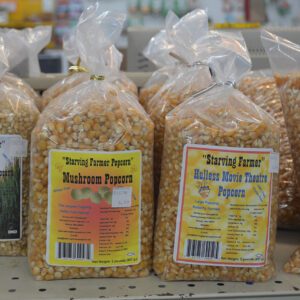Composting Basics
 The art of making compost involves integrating three critical elements: the balance of raw materials, water, and air. These three elements allow decomposition to occur with the greatest efficiency.
The art of making compost involves integrating three critical elements: the balance of raw materials, water, and air. These three elements allow decomposition to occur with the greatest efficiency.
Composting is a modification of the natural process of decay, which maintains and enhances the nutrients in the system.
Selecting Materials:
There are two types of organic matter that go into the building of a compost pile:
1.Materials high in carbon – woody dry materials like sawdust, straw, dry grass clippings, and fallen leaves. (Hint: The older and more mature the material is, the higher the carbon content.)
2.Materials high in nitrogen – green, wet materials like fresh grass clippings, kitchen wastes, fresh green weeds, and manures. (Hint: The greener the material, the higher the nitrogen.)
Material high in carbon is usually the ingredient most readily available for composting; however, it is also the limiting factor in a compost pile because it breaks down slowly. To ensure the proper balance of materials, it is crucial to match the carbon content with the nitrogen content.
Air:
The most efficient decomposition requires an adequate supply of oxygen. Oxygen can be provided in two ways:
1.The first technique is to construct your compost pile in layer cake fashion to provide good ventilation.
2.The second technique is to turn the compost pile periodically – once or twice a month. By thoroughly turning the pile inside out, you guarantee a sufficient supply of oxygen and the composting process is accelerated.
In a well-built and well-aerated compost pile, the process of decay generates a lot of heat – up to 150°F (66°C). This high heat is crucial for killing any weed seeds and pathogens (disease-producing organisms), and for accelerating the process of decay. Monitor the temperature of the compost pile with a compost thermometer. Turn the pile after the temperature has peaked and has begun to cool down.
Water:
Water is also vital to a compost pile, because the microorganisms in the pile depend upon it for their metabolism. A compost pile that is too dry will not break down efficiently; a compost pile that is too wet will interfere with oxygen availability and become anaerobic. As you construct the compost pile, water each layer until the material glistens; as a rule of thumb, the compost should have the feel of a damp sponge. Squeeze a handful of material. If water drips out of it, you have too much water. (Some materials, like wet leaves or kitchen scraps, may be wet initially, and do not need additional watering.)
Locating your compost pile:
To achieve the optimum temperature, adequate mass is required. the ideal minimum size for a compost pile is a cubic yard (3 ft. by 3 ft. by 3 ft.). Position the compost pile where it will be protected from drying winds in the winter, and hot, drying sunlight in the summer. In general, the more exposed the location for the pile, the more watering will be required to ensure a good moisture content.
Building your compost pile:
By layering the ingredients in a compost pile, you simplify the process of balancing carbon and nitrogen. Put layers of matter high in carbon (6-8 inches thick) next to layers of matter high in nitrogen (3-4 inches thick): layers of dry ingredients next to layers of wet ingredients. In general, a number of thin layers will allow for more efficient decomposition than a few thick layers.
Do not include:
•Cat and dog manures
•Noxious perennial weeds
•Kitchen scraps containing meat or grease, put these in your worm composter
•Any plants treated with pesticide or herbicide
Raw Materials:
1.Begin by loosening the soil in the area where you wish to build your compost pile. Make a base of coarse material like corn or sunflower stalks. This will allow for good aeration at the bottom of the pile and will help to hasten the decay of materials. Water this layer.
2.On top of the base layer, place a 6 to 8 inch layer of organic wastes, such as grass, leaves, and plant trimmings. (Hint: Any materials that could mat and putrefy should be mixed with other drier materials like straw or sawdust, and kept in thin layers no more than 1 to 2 inches thick.) Water.
3.Next layer: Use green materials high in nitrogen or use a nitrogen source like compost maker.
4.On top of the nitrogen source, it is useful to add a half an inch of soil to inoculate the pile with the appropriate microorganisms. (This layer can also be finished compost from previous piles.) This soil layer will help reduce the leaching of mineral nutrients like potassium, and help to trap escaping nitrogen gas. Add water. Continue to repeat the layers adding organic wastes, a nitrogen source, and soil until the pile is completed. (Be sure to water each layer, except for those layers composed of wet materials like kitchen scraps.) The pile should be at least 3 feet high when finished, but should not go over 6 feet high as this can compact the pile and force the air out.
5.It is important to cap a finished pile with 2 to 3 inches of soil or finished compost. This final layer will help to trap many escaping gases, like ammonia, and retain those nutrients in the finished compost. A thick layer of straw in the winter will help to protect the pile from rain and provide insulation so that the desirable temperature for decomposition can be maintained.
















